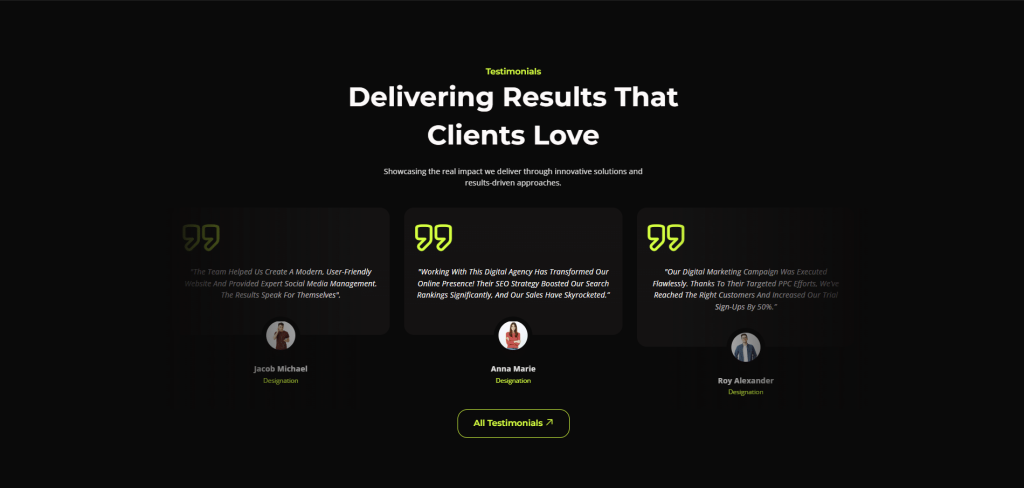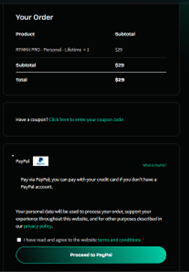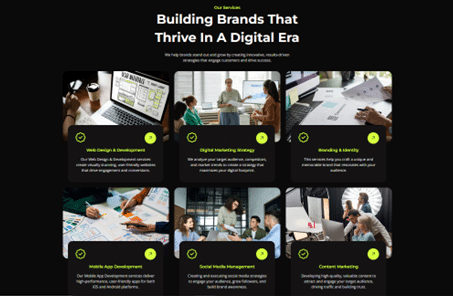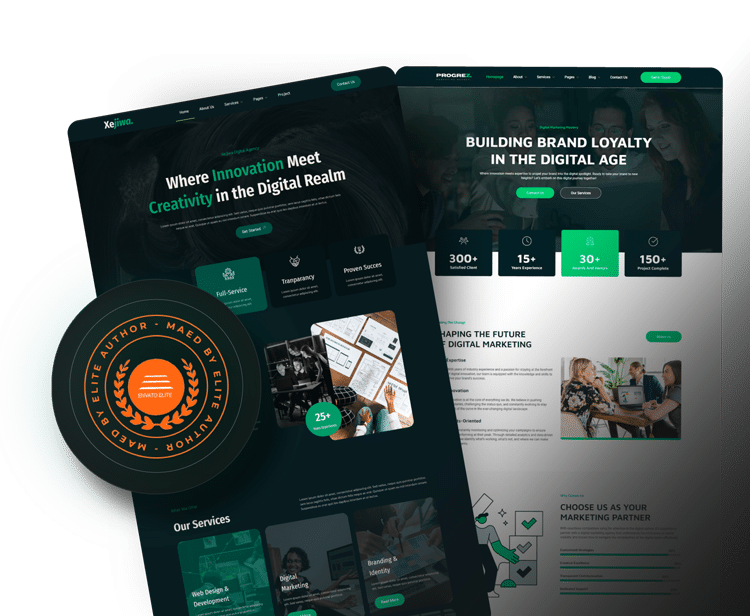Trust is essential to the success of your website. When someone visits your site, they form an immediate opinion about your credibility, often before they even read what you offer.
Research supports this: over 81% of consumers need to trust a brand before making a purchase, and more than 90% of people check online reviews before making a decision, numbers that continue to grow every year.
Trust isn’t built overnight. It’s a process developed through each interaction, with every detail on your site contributing to it. From the security features you choose to the font style you use, you’re sending a message: “You can trust us.”
In this article, we’ll explore five practical ways you can increase customer trust through your website. No complex design theories or unreachable goals, just straightforward strategies that work.
How to Build Customer Trust on Your Website
There’s no single formula for building trust. The strategies that work for you will depend on your audience and their preferences, which can vary by industry, demographic, and your specific following.
While we can’t offer a one-size-fits-all template, we can provide tried-and-true methods to help you build trust with your visitors:
1. Showcase Testimonials and Reviews

One of the most effective ways to build trust with your website visitors is by showcasing testimonials and reviews from satisfied customers. People tend to trust the opinions of others, especially those who have already experienced your product or service. When potential customers see positive feedback from real users, it gives them confidence that your brand is reliable and worth their investment.
However, not all testimonials are created equal. It’s important to feature authentic, specific reviews that highlight different aspects of your product or service. Make sure the reviews include details about what the customer appreciated, such as how your product solved their problem or improved their life. This way, prospective customers can relate and feel reassured that your brand delivers on its promises.
Additionally, consider using a mix of written and video testimonials, as well as ratings from platforms like Google or Trustpilot. This variety adds credibility and makes your site feel more transparent. Always ensure that the testimonials are up to date, and if possible, include the customer’s name, photo, or even their social media handle to add a sense of authenticity.
2. Highlight Your Security Features
In today’s digital world, online security is a major concern for customers. A website that doesn’t feel secure can quickly lose a visitor’s trust, which is why it’s crucial to prominently display your site’s security features. When customers know their personal information is safe, they are far more likely to complete purchases and return to your site in the future.
Make sure to display security certificates, such as SSL (Secure Sockets Layer), on your website. SSL certificates ensure that any data exchanged between your site and its visitors is encrypted and protected from potential hackers. An easy way to show visitors your site is secure is by featuring the padlock symbol and “https://” in your URL. Additionally, consider adding badges from well-known security services, such as Norton or McAfee, to further reassure visitors.
Another key element is providing secure payment options. Make sure to offer trusted payment gateways like PayPal, Stripe, or credit card payments backed by security protocols. Displaying these logos on your checkout page can ease concerns and build confidence that transactions on your site are safe and protected.

3. Maintain a Professional and User-Friendly Design

First impressions matter, and your website’s design plays a huge role in establishing trust. If your website is poorly designed or cluttered, visitors may assume that your business is disorganized or unprofessional. On the other hand, a clean, organized, and visually appealing design immediately conveys professionalism and reliability.
A user-friendly layout is just as important as aesthetics. Visitors should be able to navigate your site easily and find the information they need without hassle. Clear menus, a well-structured homepage, and easy-to-find call-to-action buttons are all key elements in keeping your audience engaged.
Furthermore, a professional design ensures that your site is mobile-friendly, as more users are accessing websites through smartphones and tablets. Your website’s design also reflects your brand’s identity, so it’s important to be consistent. Use cohesive colors, fonts, and imagery that align with your brand. A consistent look and feel make your site appear more trustworthy, as it shows that you’ve paid attention to the details, which can reflect positively on your overall business approach.
4. Be Transparent About Your Products and Services

Honesty and transparency are fundamental when building trust with customers. Being upfront about what your products or services offer is essential. Potential customers need clear, detailed information about what they’re buying, including features, pricing, and any limitations.
Provide comprehensive descriptions of your products and services on your website, using easy-to-understand language. Be clear about pricing, any additional fees, shipping costs, and return policies. The more transparent you are, the more comfortable customers will feel when making a purchase. Additionally, consider adding a frequently asked questions (FAQ) section to address common concerns. This proactive approach shows that you value your customers’ time and aim to make their experience as smooth as possible.
Transparency also extends to your company’s values and operations. Sharing your business’s mission, vision, and ethical standards can help humanize your brand and make it more relatable. Customers are more likely to trust businesses that align with their values, so be open about your commitment to quality, sustainability, or social responsibility, if applicable.
5. Ensure Consistent Branding and Messaging
Consistency is key to building a trustworthy brand. Your website should reflect a unified message across all its elements—whether it’s the tone of your content, the visual design, or the way you communicate with customers. Inconsistent messaging can confuse visitors and create a sense of unreliability, which can erode trust.
Start by ensuring that your branding, such as logos, color schemes, and fonts, remains consistent across all pages of your website. This gives your site a professional, cohesive look. It’s also important to maintain a consistent tone of voice in your content. Whether you choose a formal or casual approach, stick with it throughout your website. Consistency in language helps reinforce your brand’s identity and values.
Furthermore, keep your promises. If you claim fast shipping or excellent customer service, make sure those standards are met in practice. Following through on your commitments strengthens trust and encourages repeat customers.

Build Trust by Design with Rometheme
Implementing these strategies on your website can seem like a lot of work, but Rometheme makes it easy. Our platform gives you the tools you need to design a trustworthy website from the ground up. With our plugin RTMKit, you can create beautiful, professional designs that maintain consistency, performance, and a user-friendly experience.
Whether you’re starting from scratch or improving an existing site, Rometheme allows you to build trust through thoughtful design choices.
Get started today, and see how RTMKit can help you create a site that fosters trust from the first click!










